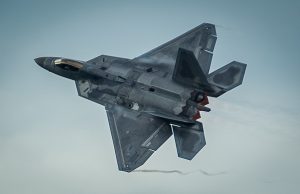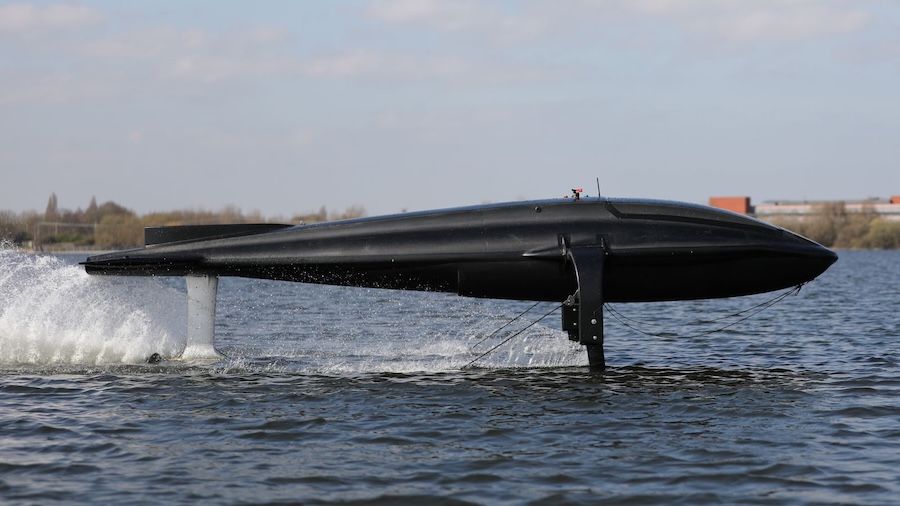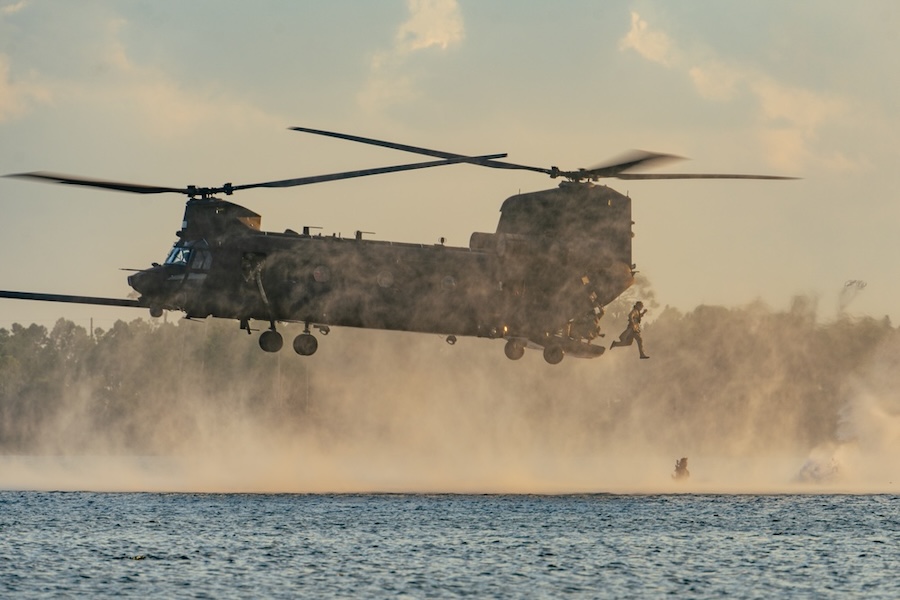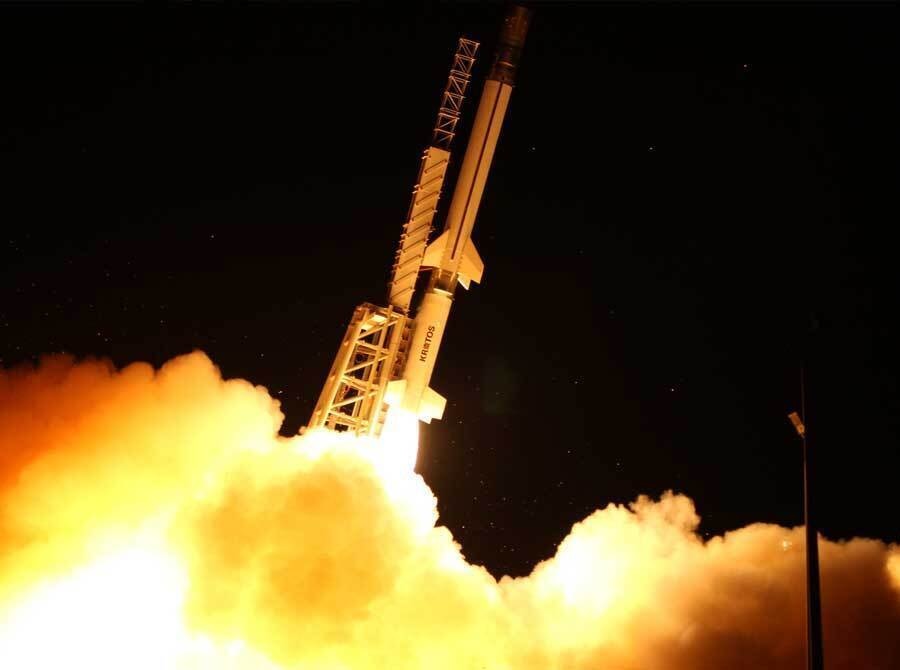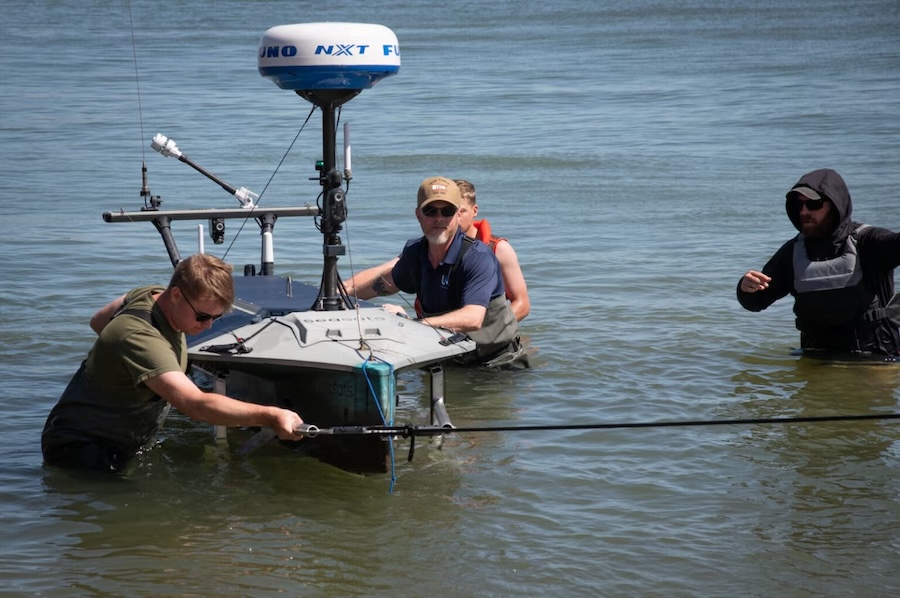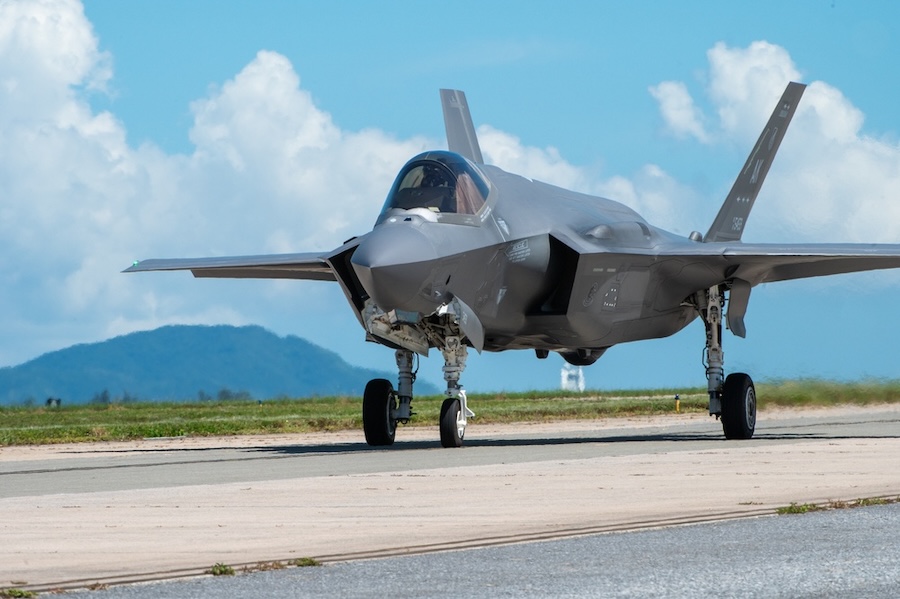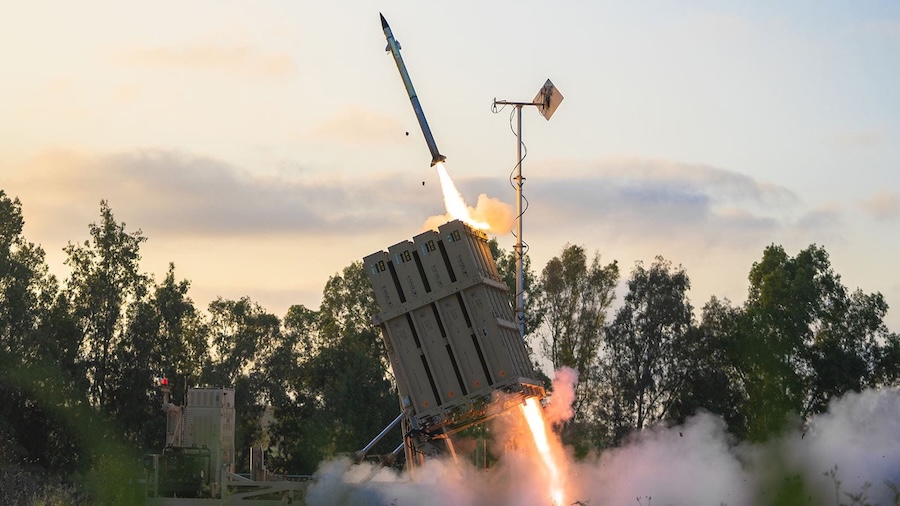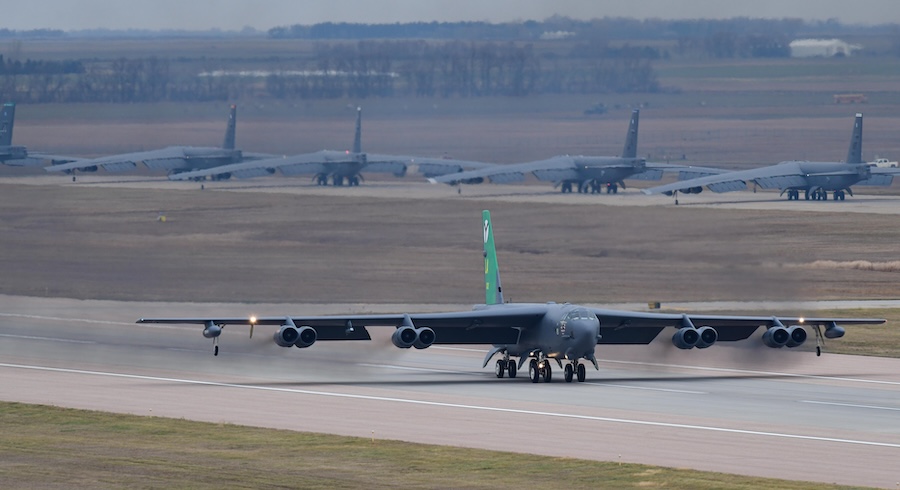Taiclet highlighted the F-35’s proven combat performance, referencing its role in a recent operation targeting Iranian nuclear sites. He noted the F-35 and F-22 played both air-to-air and air-to-ground roles and coordinated closely with other platforms, including satellites.
Describing the F-35 as “combat proven” under demanding conditions, Taiclet said the aircraft is “here to stay, in a big way, for a long time.” He added, “It’s the only fifth-generation fighter aircraft in production right now and it’s proved itself in combat. So we will continue with our allies and with our U.S. customer to be delivering these aircraft.”
The proposed upgrade, which Taiclet has previously compared to a “Ferrari” version of the jet, is based on technologies developed under Lockheed’s NGAD bid. “We did bid on NGAD. Everyone knows that we weren’t selected, but the pivot that we made is one that we’re taking incredibly seriously,” he said.
Taiclet argued that upgrading the F-35 could deliver 80 percent of NGAD capability at 50 percent of the cost. He said the jet could serve as the “best value option” for the U.S. government, noting that “NGAD … may not be fielded for quite a few years,” potentially five to ten years.
“In the interim, the F-35 is the only fighter I’m aware of that can actually make that bridge” to a new air dominance structure for the U.S., Taiclet said. His comments come as the programme faces both production challenges and budgetary pressure.
The Pentagon’s proposed 2026 budget reduced F-35 orders to 47 aircraft, but Congress is working to increase that figure. Taiclet pointed out that the House Appropriations Committee proposed 69 jets and the Senate Armed Services Committee 57.
Deliveries had paused for a year due to testing issues with the Tech Refresh 3 (TR-3) upgrade, but Lockheed has now completed the hardware integration for TR-3, which supports around 80 improvements under the Block 4 update. “Earlier this month, we released new software to complete, continuing our maturation/building of advanced Block 4 capabilities,” Taiclet said.
“This update improves the pilot interface and provides additional weapons and electronic warfare features,” he added. Despite the delivery backlog, Lockheed expects to ship between 170 and 190 F-35s in 2025, having already delivered 97 aircraft so far and 207 since resuming deliveries last year.
Contract negotiations with the U.S. government for Lots 18 and 19 of the F-35 remain ongoing, following a handshake deal reached in December. Chief Financial Officer Evan Scott stated that Lot 19 could include 150 aircraft, with final agreements expected by the third quarter.








